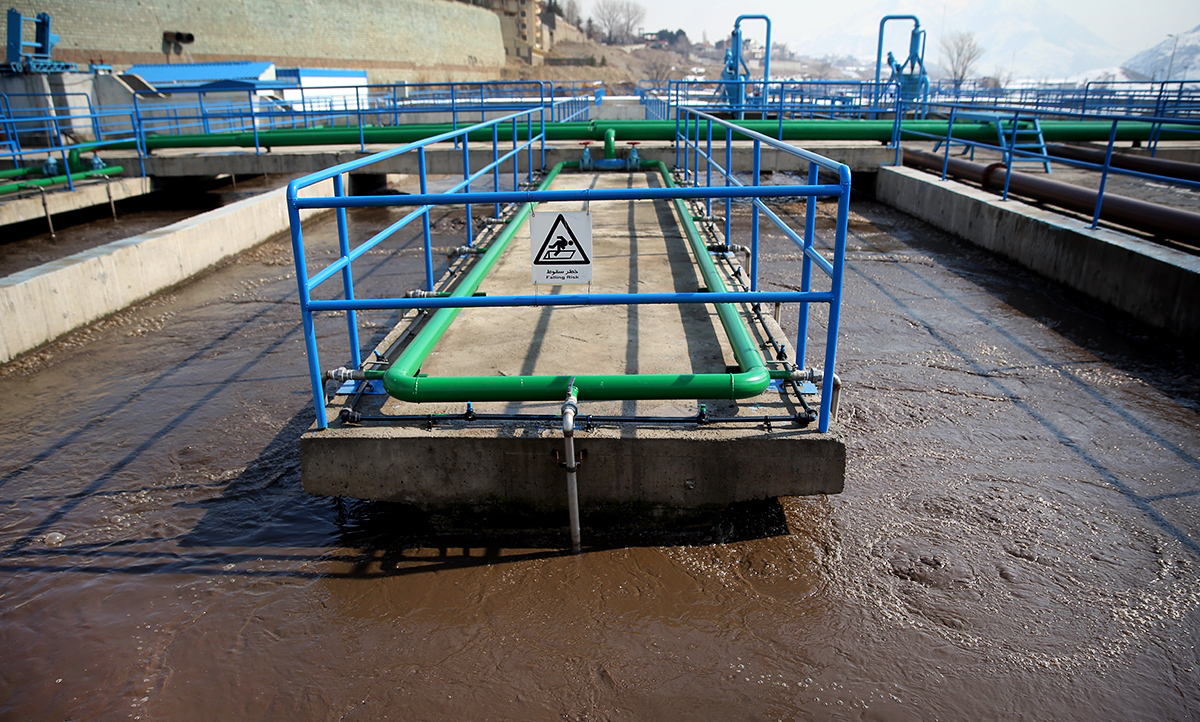Two wastewater treatment plants in Tehran Province were launched by Energy Minister Hamid Chitchian on Monday.
Approximately 10 kilometers northeast of the capital, Lavasan plant has the capacity to treat 12,000 cubic meters of effluent per day. The Lavasanat district is home to about 30,000 people, according to a 2011 census, Mehr News Agency reported.
The second and smaller wastewater treatment unit, known as Meygoun, is built in the eponymous town 25 kilometers northeast of the capital. The plant was built in two phases with a processing capacity of 750 cubic meters per day.
The news agency says capacity of the first phase will be sufficient for 4,000 residents with the second phase to start operation as the region's population grows.
"The launch of Meygoun and Lavasan wastewater treatment units is a major step toward improving Tehran's water quality, healthcare and environmental issues," Chitchian was quoted as saying by IRNA.
Iran traditionally launches engineering and construction projects in early February marking the anniversary of the 1979 Islamic Revolution.
"We have grappled with a chronic spell of drought that has stretched for 16 years. Despite the good rainfall in recent weeks, the lack of clean water is a major cause of concern," said the minister.
The two plants are located close to Latyan Dam, a major reservoir northeast of Tehran that supplies around 30% of the capital's demand for drinking water.
Data show an average rainfall of 241 millimeters in the previous Iranian water year that ended in September. Though better than two water years ago, precipitation in the previous water year declined 2% compared to the long-term average.
In the face of low precipitations, officials and experts have called for greater focus on collecting, treating and reusing water for drinking and farming. According to reports, the agriculture sector gobbles up more than 90% of Iran's scarce water resources due to outdated farming practices and equipment.
Mohammad Parvaresh, the managing director of Tehran Province Water and Wastewater Company, also said on Monday that 26 water and wastewater treatment plants started development in the fiscal 2016-17, five of which are located in and around Tehran.
The official added that two wastewater treatment plants in the south and southeast of Tehran are scheduled to come on stream in April.
Expansion of the wastewater network is one of the most important urban projects underway in Tehran in the past four decades, but a lack of funding for the major undertaking plus the fast development of urban areas have impeded completion.
According to published reports, nearly 3,000 water and wastewater projects nationwide are incomplete due to a lack of funds.


